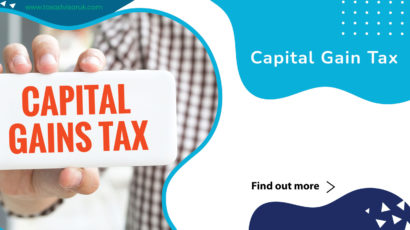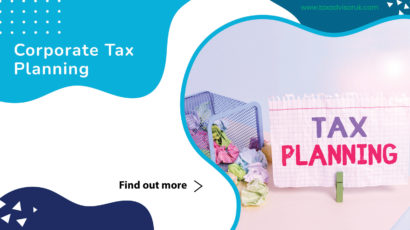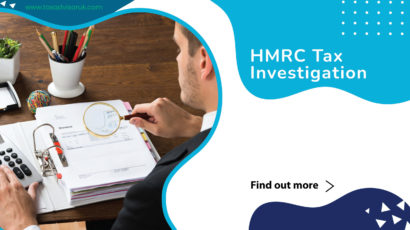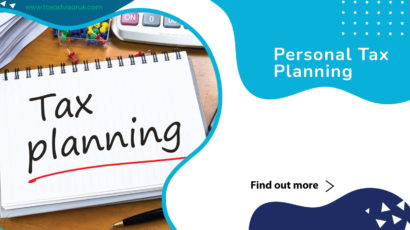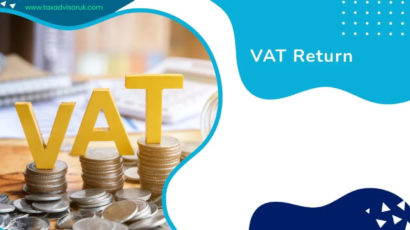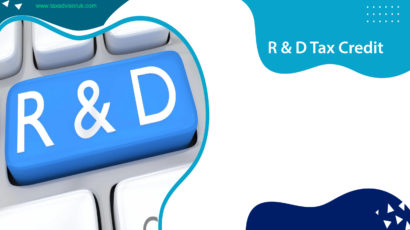You may wish to know how to file your own VAT returns if your firm is VAT registered or considering becoming VAT registered. For peace of mind and time savings, many business owners choose to outsource this task to an accountant. However, in this article, we’ll go over the fundamentals of filing a VAT return.
Can I do my own VAT return?
You can file your own VAT return, since the answer to this question is yes. If your company is small, you should be able to file your VAT return on your own. However, VAT can be complicated by factors such as input VAT not always being claimable, multiple VAT rates for different products, and varied VAT schemes. You must also remember to file your VAT returns on time each quarter.
You’ll need Making Tax Digital (MTD) compatible software to file your VAT return online, so keep that in mind if you’re still doing manual accounting.
As a result, many business owners use an accountant to prepare their VAT returns. It’s an excellent idea to get the services of an accountant who specialises in VAT, such as TaxAdvisor UK accountants.
Do I need to submit a VAT return?
Any VAT-registered company is required to file quarterly VAT returns. If a company’s taxable turnover exceeds £85,000, it must register for VAT. Businesses with less than that turnover, on the other hand, can register voluntarily.
How do I submit a VAT return?
All firms with a taxable turnover of more than £85,000 must file VAT forms online under the government’s “Making Tax Digital” initiative. From April 1, 2022, all VAT-registered enterprises (including those that voluntarily register for VAT but are below the threshold) will be required to submit VAT returns online.
When do I need to submit a VAT return?
VAT returns must be filed quarterly (every three months) – this is referred to as your ‘accounting period.’
The deadlines for submitting the return online and paying HMRC are usually the same: one calendar month and seven days after the accounting period ends.
What do I need to submit my VAT return online?
You will need:
Software that is compatible with the Making Tax Digital (MTC) initiative.
VAT (Value Added Tax) number
Account for VAT in the cloud.
What information is on a VAT return?
The following is the information you must include on your VAT return:
the total amount of money you’ve made through sales and purchases
the amount of VAT owed to you
the amount of VAT you are eligible to claim.
how much your HMRC VAT refund is
Do I submit a VAT return if I have no VAT to pay or reclaim?
Yes, you do; this is referred to as a nil or zero return. More information is available in our blog ‘When and how to file a zero VAT return.’
Can I amend a VAT return once submitted?
Net errors on earlier VAT returns can be remedied on subsequent VAT returns if the following conditions are met:
- They are not deliberate and are worth £10,000 or less or
- £10,000 to £50,000 (but not more than 1% of quarterly turnover).
- They aren’t intentionally done.
- refer to a time of accounting that ended less than four years ago.
If the errors do not fit the aforementioned criteria, you must alert the HMRC VAT error repair staff.
Getting a VAT refund
HMRC owes you a refund if your payment exceeds the amount of tax collected. After the return has been lodged, the corporation will be repaid. Their credit card information should be in your possession. Disclaimer: We do not provide financial or business advice. It is meant to be educational in nature. Before acting on a particular topic or making a choice, you should get professional advice if there are any other concerns about the material presented.
How TaxAdvisor UK can help
At TaxAdvisor UK , our experts will provide you 30 minutes free consultation and help you in managing all your tax and accounting work. Speak to our expert accountants, tax advisor on (0203) 5381276 or fill an online form today. We can have a consultation session over the phone, virtual or face to face meeting and will provide you with a no obligation fixed quote




